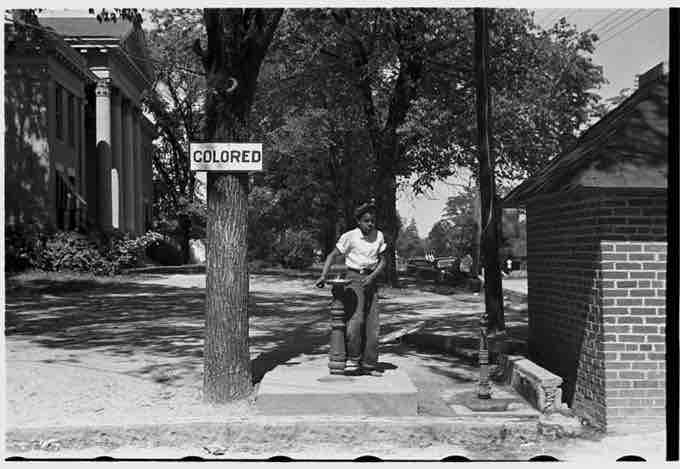Savage Inequalities, a 1991 book by Jonathan Kozol, examines the class- and race-based disparities in education. The book is based on Kozol's observations of classrooms in the public school systems of East St. Louis, Chicago, New York City, Camden, Cincinnati, and Washington, D.C. Kozol observed students in schools with the lowest and highest spending per student, ranging from just $3,000 per student in Camden, New Jersey, to up to $15,000 per student, per year in Great Neck, Long Island.
Jonathan Kozol at Pomona College
Savage Inequalities, a 1991 book by Jonathan Kozol, examines the class- and race-based disparities in education.
Kozol's observations illustrated the disparities between schools. In poor schools, students face overcrowding, unsanitary conditions, and understaffed buildings where even basic tools and textbooks might be missing. These schools tend to be located in areas with large proportions of minorities, high rates of poverty, and high taxation rates. But high taxation rates on low-value property do not generate much revenue, and these schools remain underfunded. Kozol argues that property taxes are an unjust funding basis for schools, one that fails to challenge the status quo of racial-based inequality. Even when state funding is used to partially equalize the funding between districts, inequalities aren't erased. In Kozol's words, "Equal funding for unequal needs is not equality. "
Kozol concludes that these disparities in school quality perpetuate inequality and constitute de facto segregation. He argues that racial segregation is still alive and well in the American educational system; this is due to the gross inequalities that result from unequal distribution of funds collected through both property taxes and funds distributed by the state in an attempt to "equalize" the expenditures of schools.

De Facto Segregation
Although segregation is officially illegal, unequal school funding can create de facto segregation.